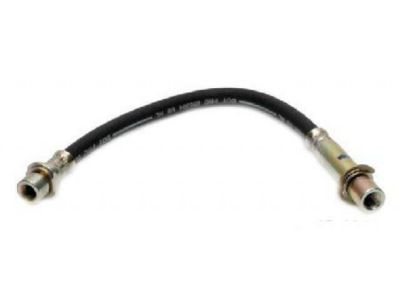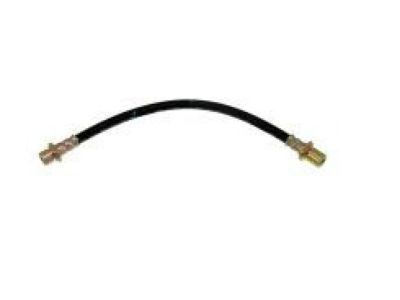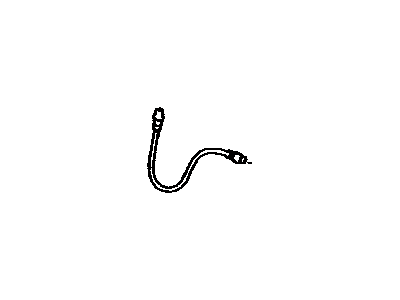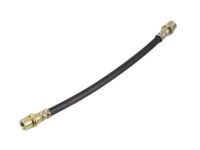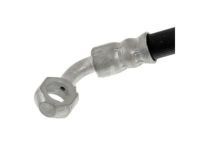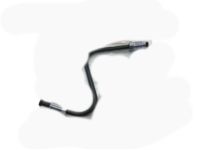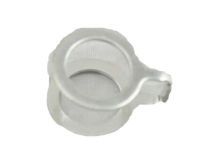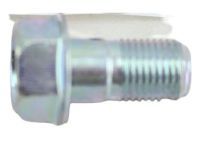About every six months, with the vehicle raised and securely placed on jackstands, inspect the flexible hoses connecting the steel brake lines to the front and rear brake assemblies for cracks, chafing, leaks, blisters, and other damage, as these are crucial parts of the brake system. A light and mirror will aid in a thorough check, and any defective hose should be replaced with a new one. Begin by cleaning dirt from the hose ends, then disconnect the brake line from the hose fitting, taking care not to bend the frame bracket or line, and use penetrating oil if necessary. Remove the U-clip from the female fitting at the bracket and detach the hose. For rear calipers, disconnect the hose fitting from the caliper, discarding the copper washers and replacing them with new ones when attaching the new brake hose. Pass the female fitting through the frame or bracket, minimizing hose twist, and install the fitting. Secure the U-clip in the female fitting at the frame bracket, then attach the brake line to the hose fitting using a back-up wrench and tighten the tube nut securely. Ensure that suspension or steering components do not contact the hose by having an assistant push down on the vehicle and turn the steering wheel lock-to-lock during inspection. Finally, bleed the brake lines. When replacing brake lines, use the correct parts, avoiding copper tubing, and purchase steel brake lines from a dealer or auto parts store. Prefabricated brake lines with flared ends and installed fittings are available, and if bending is necessary, use a tube bender without crimping or damaging the line. Ensure the new line is well supported in brackets and has adequate clearance from moving or hot components. After installation, check the brake fluid reservoir level and add fluid as needed, then bleed the brake system and test the brakes carefully before returning the vehicle to normal operation.
Posted by ToyotaPartsDeal Specialist 

